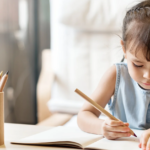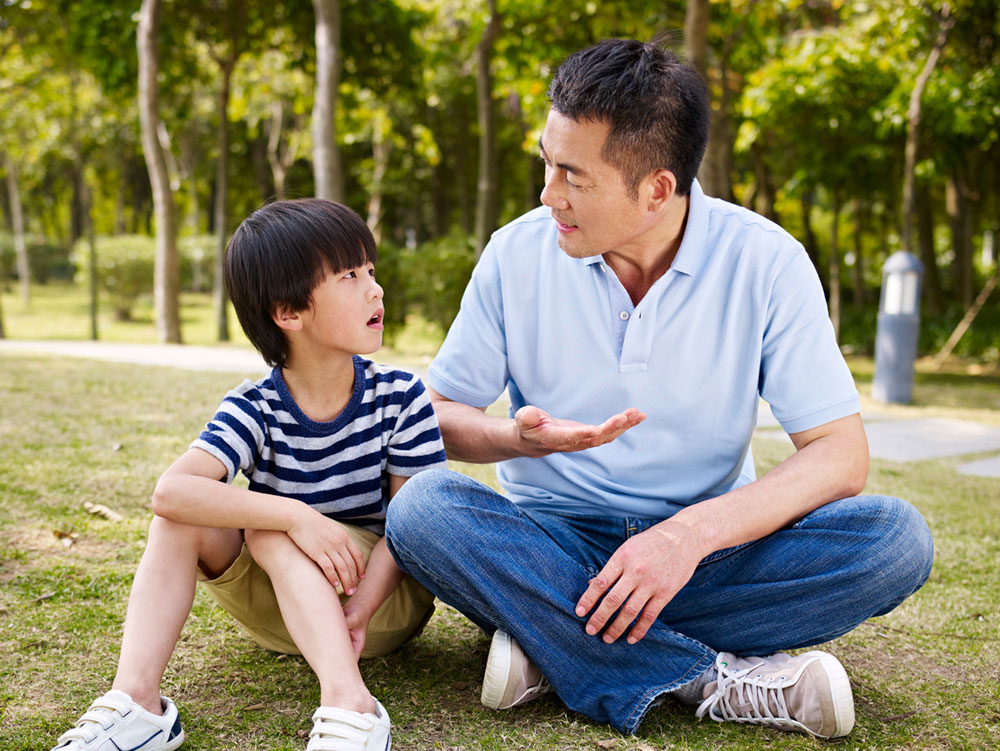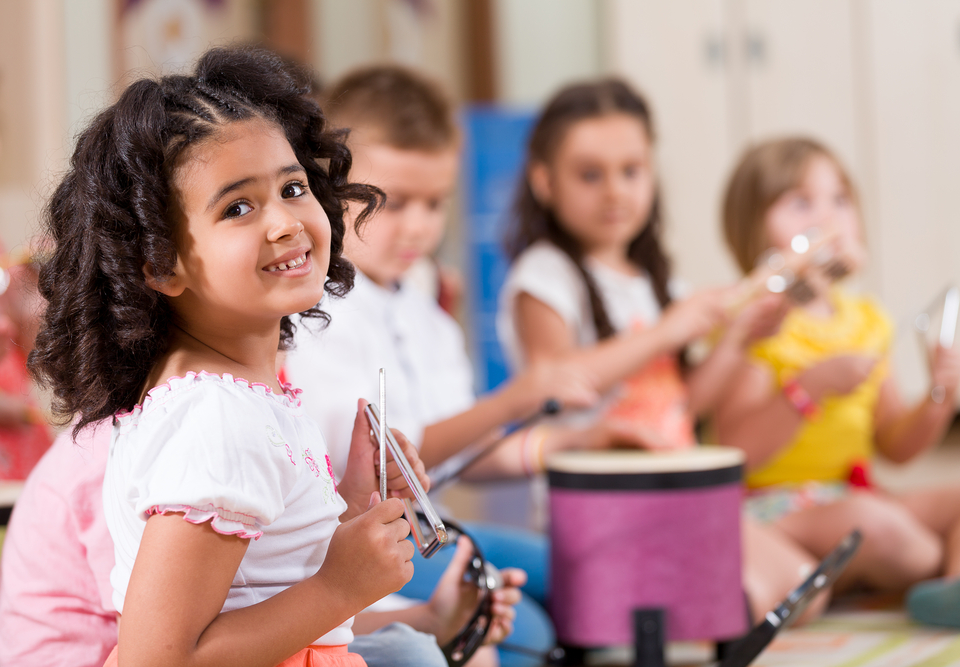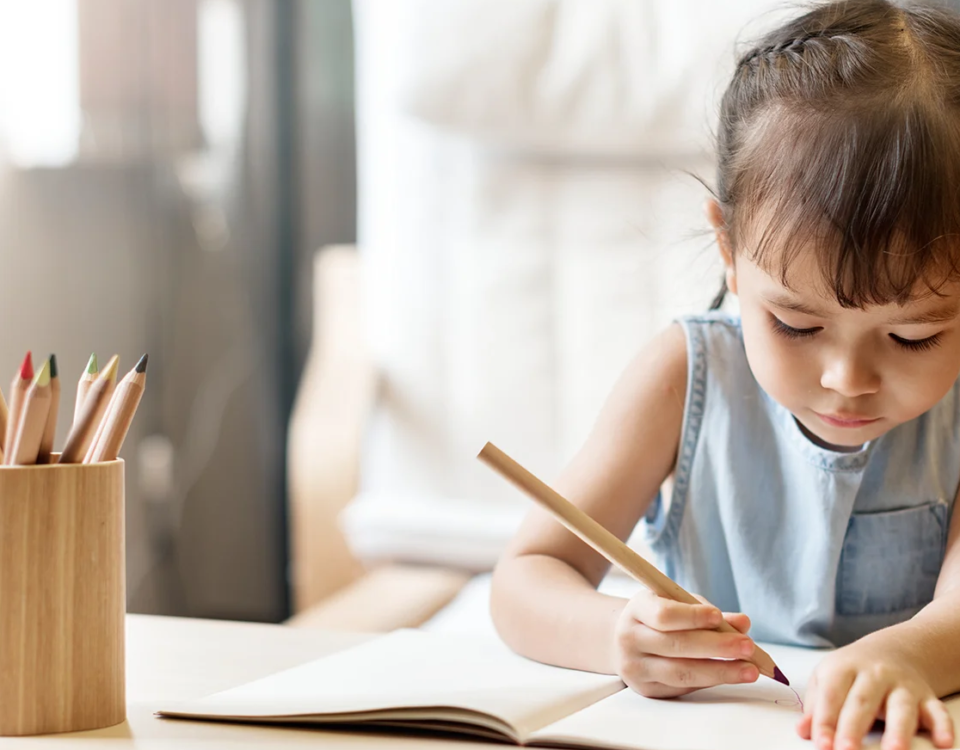Introduction:
Have you ever tried to understand your toddler’s wants and feelings and felt as like you are engaged in a guessing game? You’re not by yourself. Many parents struggle to relate to their children, particularly in cases when language is still restricted. Consider a situation whereby: Your child motions toward the kitchen, whines, and pulls at your jeans. They toss the toy you are offering. When you inquire, “Are you hungry?” they start to cry. This annoying cycle emphasizes the important that nonverbal communication with young children plays. Early on in life, children mostly communicate their ideas and emotions by gestures, facial expressions, and body language. Knowing these quiet signals is not only a parenting ability but also a road towards closer relationship and mutual understanding. – The Art of Nonverbal Communication
This page seeks to provide you the information and useful techniques to understand and react properly to nonverbal communication of your child. We will discuss the subtleties of child nonverbal cues so that you may negotiate the sometimes-confusing terrain of toddler behavior. Learning the art of nonverbal communication with your child will not only help to lower frustration but also strengthen the link between you two and create harmonic and supportive surroundings for the growth of your child. Remember, learning to speak toddler nonverbal cues is one of the most fulfilling things a parent can do. They are a language unto themselves.
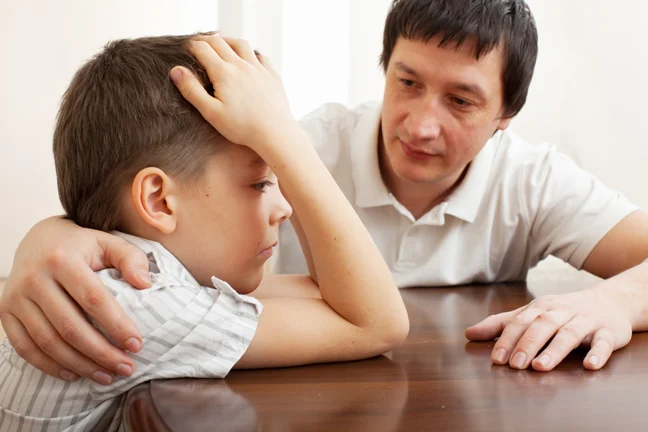
The Foundation: Understanding Nonverbal Communication in Toddlers
Why do young children mostly depend on nonverbal communication? Their developmental level reveals the solution. Although toddlers are still far from competent, they are fast acquiring their verbal abilities. Their language is little, and they may find it difficult to clearly communicate complicated feelings or requirements. Here is when nonverbal communication takes the stage. A youngster might not be able to communicate, “I’m scared of the loud noise,” for instance, but they might stick to their parent, cover their face, or shake. These behaviors say volumes about fear and a yearning for reassurance.
Toddlers’ nonverbal communication consists mostly on facial expressions, body language, and vocalizations. Facial expressions are quite strong; a toddler’s grin may brighten a room, yet a frown could convey annoyance or uncertainty. Body language conveys intents and emotions by pointing, reaching, or stiffening. Vocalizations convey a spectrum of emotions and wants, from cries to whines to chuckles. Given this:
- Facial Expressions:
- A wide-eyed look might indicate surprise or fear.
- A pursed lip could signal frustration.
- A genuine smile often indicates happiness.
- Body Language:
- Reaching out can mean “pick me up” or “I want that.”
- Stiffening the body might indicate resistance or discomfort.
- Hugging tightly shows affection.
- Vocalizations:
- A high-pitched cry might indicate pain.
- A low, whiny cry could signal tiredness or frustration.
- Giggles often show happiness.
It’s also important to remember that a toddler’s temperament plays a large role in how they express themselves non verbally. Some toddlers are naturally more expressive, while others are more reserved. This can effect how easy it is to read their non verbal communication.
Still, deciphering nonverbal signals from young children may be difficult. Toddler behavior is dynamic, hence the same cue might have several meanings in several situations. Pointing can, for instance, indicate “I want that,” “Look at that,” or “Where is that?” The secret is to see the cue together with the surroundings. Furthermore crucial to know is the distinction between typical toddler nonverbal communication and when one should get worried. A youngster should be seen by a pediatrician if they demonstrate additional developmental regressions or abruptly cease employing gestures they used earlier.
Specific Nonverbal Cues: A Toddler’s Silent Dictionary
Understanding the nuances of toddler nonverbal communication requires close observation and a bit of detective work. Let’s delve into some common cues and their potential meanings.
- Facial Expressions:
- Happiness: A genuine smile, often accompanied by crinkled eyes, indicates joy. However, a forced or social smile might be fleeting and lack the same warmth.
- Sadness: Pouting, downturned eyes, and a quivering lip are classic signs of sadness. Toddlers might also rub their eyes or seek comfort.
- Anger: Furrowed brows, clenched jaws, and a flushed face indicate anger. They might also clench their fists or stomp their feet.
- Confusion: Raised eyebrows, a tilted head, and a puzzled expression suggest confusion or uncertainty.
- Gestures:
- Pointing: This versatile gesture can indicate a desire for something (“I want that”), a need to share an observation (“Look at that”), or a request for information (“Where is that?”).
- Reaching: Toddlers reach out to be picked up, to grab an object, or to seek attention. The context will help you understand their intention.
- Waving: A wave can be a greeting, a farewell, or a way to get someone’s attention.
- Clapping: Toddlers clap to express excitement, to request more of something (like a song or activity), or to show approval.
- Head shaking: While it can mean “no,” it can also mean “I don’t know” or “I’m confused.” Pay attention to other cues to understand the meaning.
- Body Language:
- Stiffening: This can indicate resistance, discomfort, or fear. A toddler might stiffen their body when they don’t want to be held or when they are feeling overwhelmed.
- Leaning away: This often signals disinterest, fear, or a desire for space. Toddlers might lean away from a person or object that makes them uncomfortable.
- Hugging tightly: This expresses affection, a need for comfort, or a desire for reassurance.
- Hiding their face: This can indicate shyness, overstimulation, or fear. It’s their way of seeking comfort or protection.
- Vocalizations:
- Different types of cries: A high-pitched, sharp cry might indicate pain, while a low, drawn-out cry could signal hunger or tiredness.
- Whines: These often indicate tiredness, boredom, frustration, or a desire for attention.
- Giggles: These express joy, amusement, and happiness.
Case Study:
Consider a young child pointing at a toy on a high shelf. Though they can’t get to it, they groan and reach upward. The parent notes the toddler’s directed pointing and focused attention. The parent knows the toddler wants that particular toy, not some other toy. Getting the toy helps the parent validate the toddler’s communication and create understanding.
Even before your toddler can communicate them orally, by focusing on these signals you can learn a great deal about their thoughts and feelings.
Practical Strategies: Enhancing Nonverbal Communication with Your Toddler
Knowing the foundations of child nonverbal communication, let’s now look at useful techniques to improve this important ability. One must create a helpful surroundings. Key points are as follows:
- Reducing distractions: Toddlers’ sensory input overwhelms them readily. Cut background noise, turn off TVs, and foster peace. This helps your child to concentrate on talking and lets you better watch their signs.
- Keeping physical close ness and eye contact: Approach at your toddler’s level, make eye contact, and be near by physically. This reveals your attentive and involved nature. Physical proximity also enables you to notice minute signals as variations in body posture or facial expression.
- Establishing a quiet, consistent schedule: Toddlers flourish on schedule. A consistent surroundings helps people to convey their requirements and lowers their fear. A youngster is less prone to get irritated or overwhelmed when they know what to anticipate.
Crucially important are listening and active observation. Here’s how you accomplish this:
- Monitoring closely your toddler’s facial expressions and body language: Track their behavior for trends. Do they, for instance, always massage their eyes when they are tired? When enraged, do they tighten their fists?
- How best to slow down and watch your child? We live in a fast-paced environment and it’s crucial to calm down and actually see your child. Put your phone aside and give them some serious attention. This will help you to grasp their nonverbal communication.
- Watching their conduct for trends: Seek for consistent signals that point to particular needs or emotions. This enables you react proactively and foresee their demands.
Just as crucial is using your own nonverbal signals:
Toddlers learn by imitation, thus they develop desired emotions and behaviors. Show them how to communicate emotions suitably with your own facial expressions and body language.
- Reinforcing verbal communication with gestures and facial emotions; for instance, nod your head and smile when you say “yes,” or shake your head and scowl when you say “no.”
- Using touch to convey comfort: Reassurance and comfort can come from a light touch, a hug, or a back pat.
There are quite great advantages of infant sign language for improving nonverbal communication. Pre-verbal communication and spoken language are bridged in part by baby sign language. It gives young children a means of expressing their needs and wishes before they can talk coherently.
Responding swiftly and effectively to your toddler’s cues is crucial. This validates their communication and builds trust. By responding to their cues, you help children to understand that their needs are vital and that you are there for them.
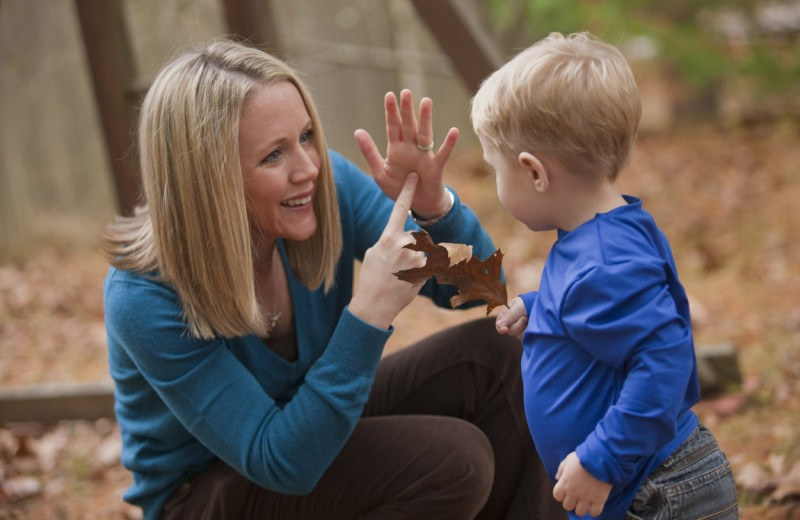
Navigating Specific Scenarios: Applying Nonverbal Communication Skills
Now, let’s look at how to apply these strategies in specific scenarios.
- Tantrums:
- Recognizing early signs of frustration: Look for signs like clenched fists, furrowed brows, and increased vocalizations. These are often precursors to a full-blown tantrum.
- Using calming nonverbal cues: Speak in a calm, soothing voice, and use gentle gestures. Avoid raising your voice or making sudden movements.
- Providing a safe space for emotional release: Create a quiet, safe space where your toddler can express their emotions without feeling judged. Sometimes, just being present and offering a comforting touch can help.
- Fear and anxiety:
- Identifying signs of distress: Look for signs like trembling, hiding, clinging, or wide-eyed expressions.
- Offering comfort through physical touch and reassurance: A gentle hug, a reassuring pat, or holding their hand can provide comfort. Speak in a calm, soothing voice and validate their feelings.
- How to remove your toddler from a stressful situation: if a loud noise, or a crowded room is causing your toddler stress, removing them from the situation will help calm them down.
- Pain:
- Recognizing signs of discomfort or pain: Look for signs like crying, wincing, rubbing a specific area, or changes in behavior. A toddler might also become unusually quiet or withdrawn.
- Seeking professional help when necessary: If you suspect your toddler is in pain, especially if it is severe or persistent, seek medical advice.
- Tiredness and overstimulation:
- Recognizing signs of fatigue: Look for signs like rubbing eyes, yawning, irritability, or decreased coordination.
- Creating a calming environment for rest: Dim the lights, reduce noise, and create a quiet, soothing atmosphere. A warm bath or a gentle massage can also help.
Example:
Imagine your little child is in a packed play area. They hide their face, begin to cling to you, and get agitated. These indicate overstimulation, as you would know. You gently lead them to a more sedate environment, provide a consoling embrace, and offer a peaceful activity. This allows them to feel protected and to relax.
Understanding these particular situations will help you to build a more harmonic surroundings and respond better to the demands of your child.
Developmental Milestones: Tracking Nonverbal Communication Skills
Understanding developmental milestones is crucial for tracking your toddler’s progress in nonverbal communication. Here’s what you need to know:
- Typical nonverbal communication milestones for toddlers:
- 12-18 Months: Toddlers begin to use gestures like pointing, waving, and shaking their head. They understand simple commands and respond to their name.
- 18-24 Months: They expand their repertoire of gestures and begin to use facial expressions more intentionally. They can follow simple two-step commands and understand more complex body language.
- 24-36 Months: Toddlers become more proficient at using and interpreting nonverbal cues. They can express a wider range of emotions through facial expressions and body language. They also begin to use symbolic play, which involves using objects to represent other things.
- When to seek professional guidance: If you notice significant delays or regressions in your toddler’s nonverbal communication skills, it’s essential to consult with a pediatrician or a developmental specialist. Signs to watch for include:
- Lack of pointing or gesturing by 18 months.
- Limited or no facial expressions.
- Failure to respond to their name.
- Loss of previously acquired nonverbal skills.
- The role of play in developing nonverbal communication skills:
- Play provides a natural and enjoyable way for toddlers to practice and develop their nonverbal communication skills.
- During play, toddlers use gestures, facial expressions, and body language to interact with others and express their ideas.
- How to play with your toddler to increase non verbal skills.
- Imitation Games: Play games that involve imitating each other’s gestures and facial expressions.
- Role-Playing: Engage in pretend play that involves acting out different scenarios and emotions.
- Sensory Play: Activities involving textures, sounds, and sights can help toddlers develop their awareness of nonverbal cues.
- Peek-a-boo: This classic game helps toddlers understand object permanence and also promotes facial recognition and expression.
- Social interaction and its impact on nonverbal communication:
- Social interaction plays a vital role in developing nonverbal communication skills.
- Toddlers learn to interpret and use nonverbal cues by observing and interacting with others.
- Interactions with peers, family members, and caregivers provide opportunities for toddlers to practice and refine their nonverbal communication skills.
- Social situations encourage the use of, and understanding of, context in regards to non verbal communication.
By understanding these developmental milestones and providing ample opportunities for play and social interaction, you can support your toddler’s growth in nonverbal communication.
The Long-Term Benefits: Investing in Nonverbal Communication with Your Toddler
Mastering nonverbal communication with your toddler is an investment that yields significant long-term benefits. Here’s how:
- Strengthening the parent-child bond:
- Building trust and security: When you consistently respond to your toddler’s nonverbal cues, you create a sense of trust and security. They learn that you understand and care about their needs.
- Fostering empathy and understanding: By paying attention to their nonverbal cues, you develop a deeper understanding of their emotions and perspectives. This fosters empathy and strengthens your connection.
- A study in the “Journal of Child Psychology and Psychiatry” highlighted that responsive parenting, which includes accurate interpretation of nonverbal cues, is strongly correlated with secure attachment in children.
- Reducing misunderstandings and frustration:
- Preventing misinterpretations: Understanding your toddler’s nonverbal cues can prevent misinterpretations and conflicts. For example, recognizing signs of tiredness can prevent a meltdown.
- Creating a more harmonious home environment: When you and your toddler understand each other, you create a more peaceful and harmonious home environment.
- According to data from the “American Academy of Pediatrics,” effective communication, including nonverbal communication, reduces behavioral problems and promotes positive parent-child interactions.
- Laying the foundation for effective verbal communication:
- How nonverbal communication paves the way for language development: Nonverbal communication skills are foundational for language development. Toddlers learn to associate gestures and facial expressions with specific meanings, which helps them understand and use language.
- How to pair verbal communication with non verbal actions: When your toddler points at a dog, you can say, “That’s a dog!” Combining verbal and nonverbal cues reinforces learning.
- Research indicates that early nonverbal communication skills are strong predictors of later language development.
Conclusion:
Learning nonverbal communication with your child is an ongoing, gratifying process. Learning to decode your child’s silent language—a language rich in gestures, emotions, and subtle cues—is like learning any other language. As we have said, learning this art is a road to a harmonic relationship, closer connection, and mutual understanding—not only a parenting ability.
Your best friends are, remember, observation and patience. Toddlers are always changing, and as they develop their communication style will also shift. Pay great attention to their facial expressions, body language, and vocalizations; try to interpret the setting in which these signals show themselves.
From setting a loving environment to actively seeing and meeting your toddler’s needs, we have covered doable techniques. We have also explored certain situations, developmental benchmarks, and long-term advantages of learning this essential ability.
Knowing child nonverbal clues is a continuous practice rather than a one-time accomplishment. You will strengthen your relationship and lay the groundwork for lifetime of successful communication as you keep watching, listening to, and reacting to your child. Learning to listen to the stillness is among the most valuable gifts you can offer your child in a world too frequently dominated by speech.
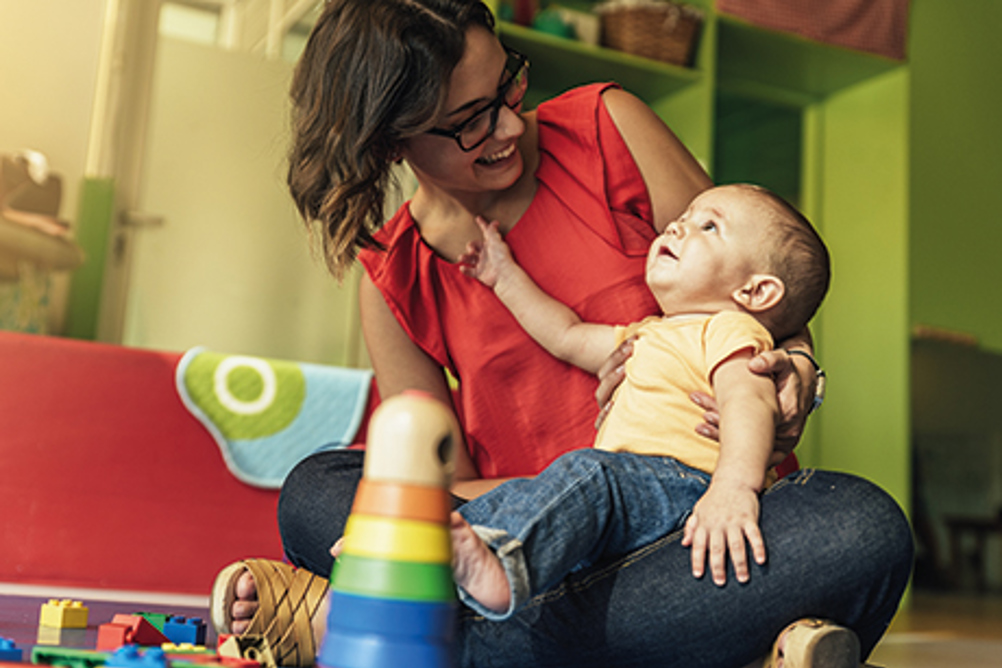
References:
- American Academy of Pediatrics (AAP): www.aap.org
- Centers for Disease Control and Prevention (CDC): www.cdc.gov
- “How to Talk So Kids Will Listen & Listen So Kids Will Talk” by Adele Faber and Elaine Mazlish.
- “The Emotional Life of the Toddler” by Alicia F. Lieberman.
- “The Whole-Brain Child” by Daniel J. Siegel and Tina Payne Bryson.
- Journal of Child Psychology and Psychiatry.
- Peer reviewed journals regarding child development.



